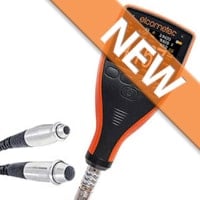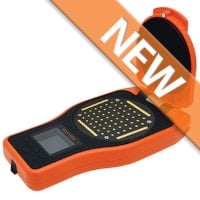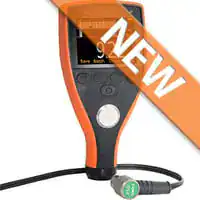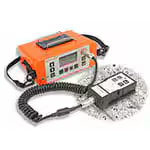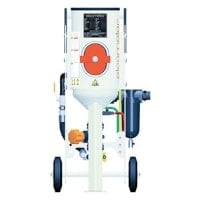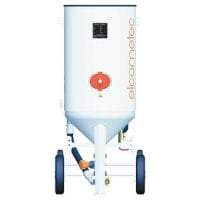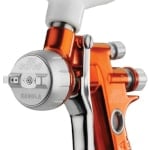-
Customer Service
- Contact Us
- Shipping & Delivery
- Return Policy
- Warranty
- Privacy Statement
- Safety
- Ordering & Payment
-
Company Information
- About Elcometer USA
- Hours of Operation
- ISO Certifications
- Articles & Data Sheets
-
Tools & Resources
- View Digital Catalog
© elcometerusa.com All Rights Reserved.
My Account
- Sign Out
Customer Service
- Contact Us
- Shipping & Delivery
- Return Policy
- Warranty
- Privacy Statement
- Safety
- Ordering & Payment
Company Information
- About Elcometer USA
- Hours of Operation
- ISO Certifications
- Repair & Re-Calibration
Tools & Resources
- Site Map
- View Digital Catalog
© elcometerusa.com All Rights Reserved.



